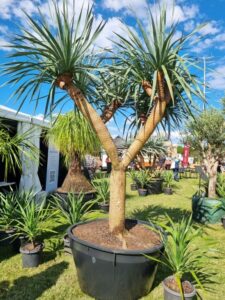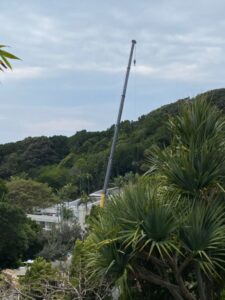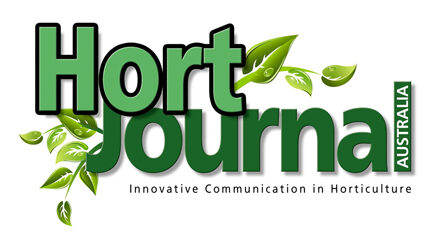
Is bigger better?
By Patrick Regnault
Advanced trees have an undeniable use in the landscapes of public and private gardens. They help create a focal point, anchor the new landscape and sometimes they are simply the most practical option. But are they overused? Are they horticulturally appropriate for the site or the species? What can we do differently and why should we?
Public places
Street trees need to be planted at an advanced stage for multiple reasons, one of which is vandalism. Shade trees in newly constructed smaller public parks and playgrounds need to be of a decent size to perform their role as fast as possible whilst creating a grounding to the landscaping.
Parks and gardens are also here to serve another function, one that seems to have been ignored for a long time now, and that is education. Planting saplings as part of a new border or as a grove with signage showing the date of implementation helps the public to understand the time frame of tree growth. Better still if the local community, through schools, is involved in the species selection and the planting. This can lead to a whole-life educational program which can be sustained through time.

Private gardens
Money and vanity should not be a driver of horticultural practices. We can see large trees planted in unsuitable places, far too close together, or to advertise wealth and status. Sometimes it is the client’s demands which are followed regardless of their suitability, and other times it is the designer’s desire to impress or make big bucks that is the driving force.
Advanced plants, be they trees or large shrubs, are not always warranted. A Dracaena draco (Canary Island dragon tree) can take 35 years to reach two metres when grown from seed, in which case it makes sense to bring in a more mature specimen. However, plants with fast growth rates are better planted in smaller sizes as they will develop a healthier and better root system.
External factors
Soil fertility and climatic conditions can favour or impede plant growth. In the humid tropics and subtropics, growth rate is fast and long. In cooler and drier regions growth is reduced, and if coupled with lower soil fertility growth rate and time for growing drops significantly. The need for advanced plants in favourable conditions is lessened as in only a few years the smaller plant will have caught up with a more mature specimen planted at the same time.
Logistics
Suppliers of advanced trees have excellent records in providing safe transport of the large trees. On-site traffic control and specialised equipment such as cranes or forklifts adds significant cost to a project. In hard-to-access landscapes, this can amount to a very large financial commitment and assurance that the trees will establish. The landscaper must be very clear about the plant suitability to the site, not only in the short term but for years to come. We must remember that damage caused by unsuitable trees being planted too close to a structure can lead to legal and financial loss far beyond the short- or medium-term gain.
Alternatives
In the introduction I asked the question: ‘What can we do differently and why should we?’ The first part is to be selective in our plant choice, understanding the growth rate of a given species in our area, and choose accordingly the optimum size of a plant. A shrub-filled garden can be more interesting than a couple of trees.
The second part of the question, the ‘why’, is more complex. Firstly, is a tree the right choice or is it the easy choice? Sometimes thinking outside the obvious may lead us to be more creative. Small spaces may not be suitable for a tree as it will be limited in its growth and create damage to the surrounding area or cause neighbourly dispute. Secondly, the environmental cost of bringing in large specimens might not be offset by the tree for decades. Can we afford to be environmentally negligent?
There is a place for advanced trees and shrubs; however we must be aware of possible alternatives. We need to educate our clients and ourselves and see the bigger picture that will benefit the plants, the design, and the client’s needs not their wants. Horticulture is not just about soil and vegetation; it is about time and appreciation of it.
Patrick Regnault FAIH RH0062
Interactive Landscapes
E: patrickregnault@hotmail.com
